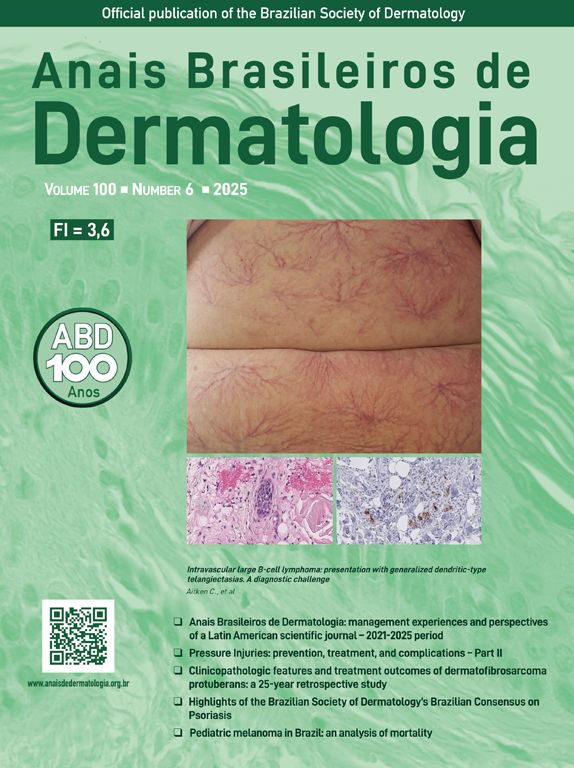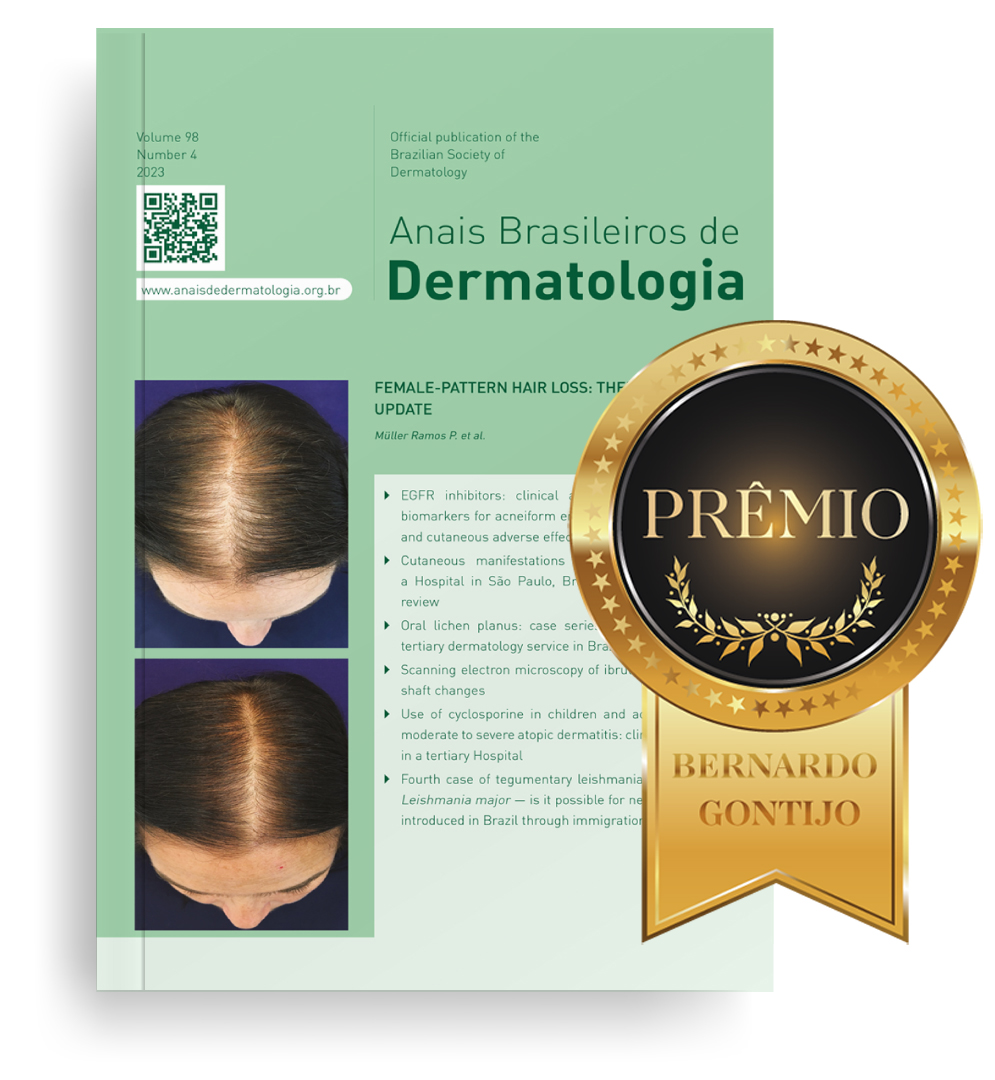We are grateful for the comments which will ceratainly enrich the ever-evolving knowledge about tick-borne diseases, both those caused by parts of the tick’s mouth remaining in the skin after the bite and the infectious diseases transmitted by the arthropods. We are sure that the letter will draw readers’ attention and will fulfill the function intended by the authors. However, it should be clear that the purpose of the article was not to exhaust the subject, but, as a medical text, to propose a practical classification so that dermatologists and other professionals in the field of Tropical Medicine know more about the problem and know how to evaluate later complications caused by the bites. However, due to the constant evolution of studies on tick-borne diseases, the scientific significance of this type of text may be limited (although the most frequent diseases are all approached by the study). On the other hand, the idea of classification based on a clinical observation and consequent therapeutic indication, the primary objective of the work remains – and will remain – current.
The Impact Factor measures the average number of citations received in a particular year by papers published in the journal during the two preceding years.
© Clarivate Analytics, Journal Citation Reports 2025
SRJ is a prestige metric based on the idea that not all citations are the same. SJR uses a similar algorithm as the Google page rank; it provides a quantitative and qualitative measure of the journal's impact.
See moreSNIP measures contextual citation impact by wighting citations based on the total number of citations in a subject field.
See more


